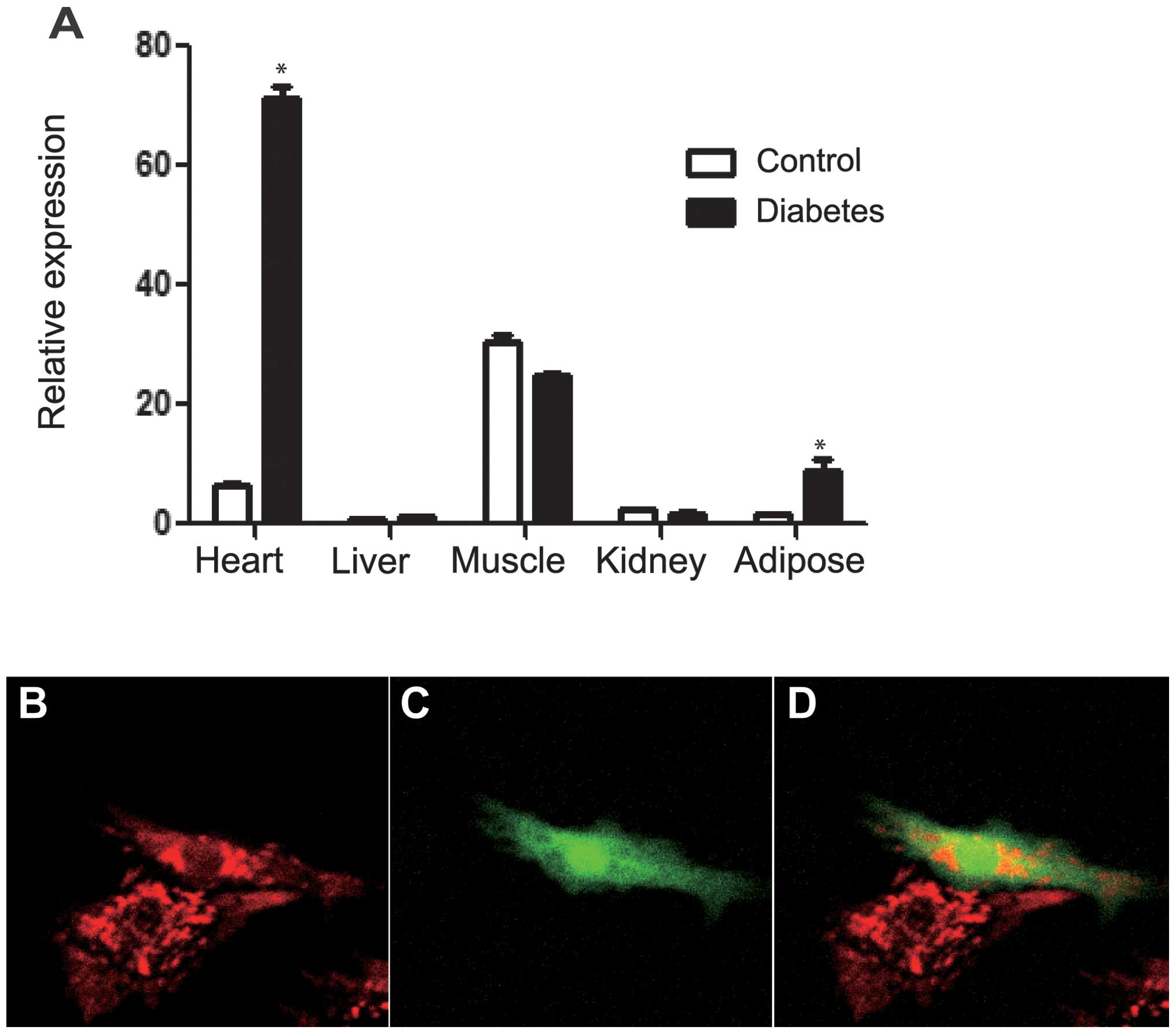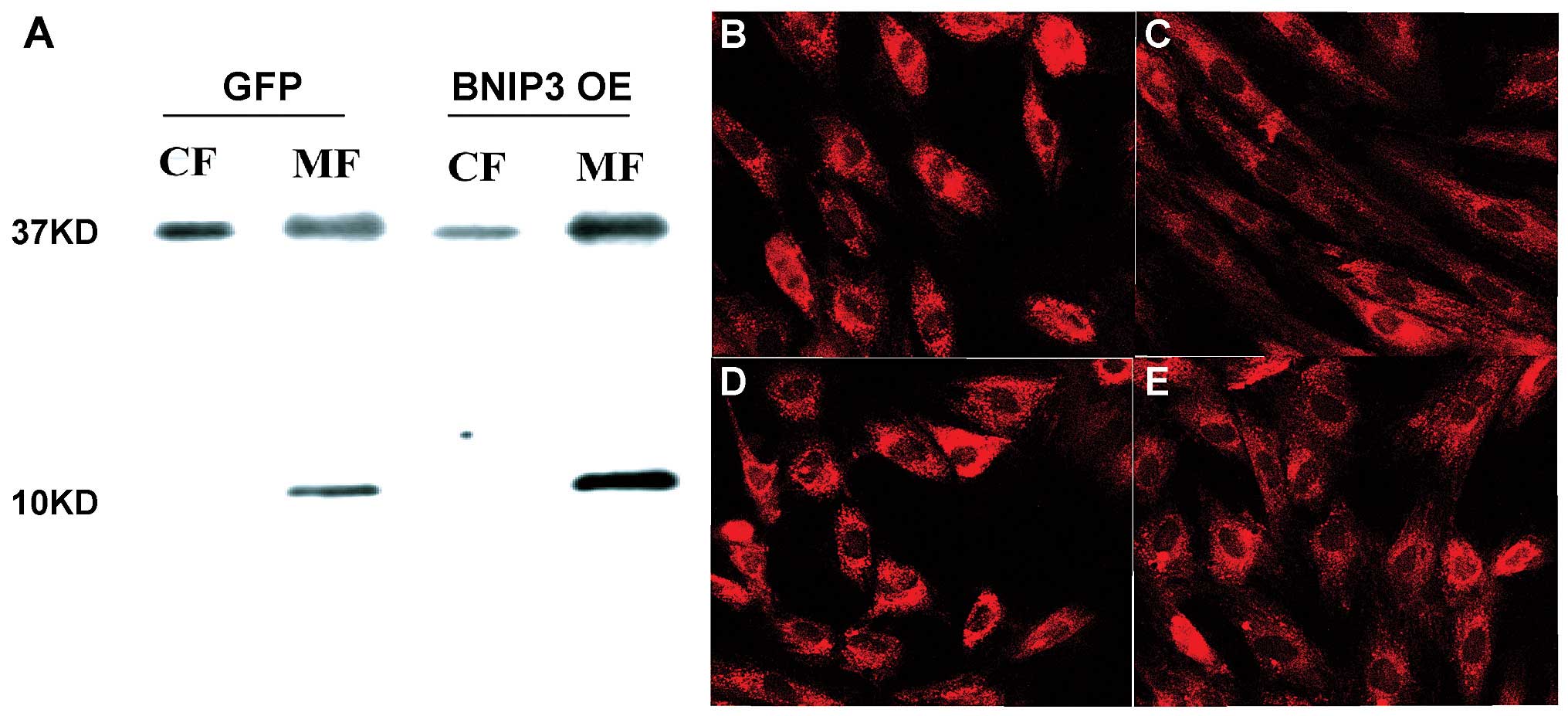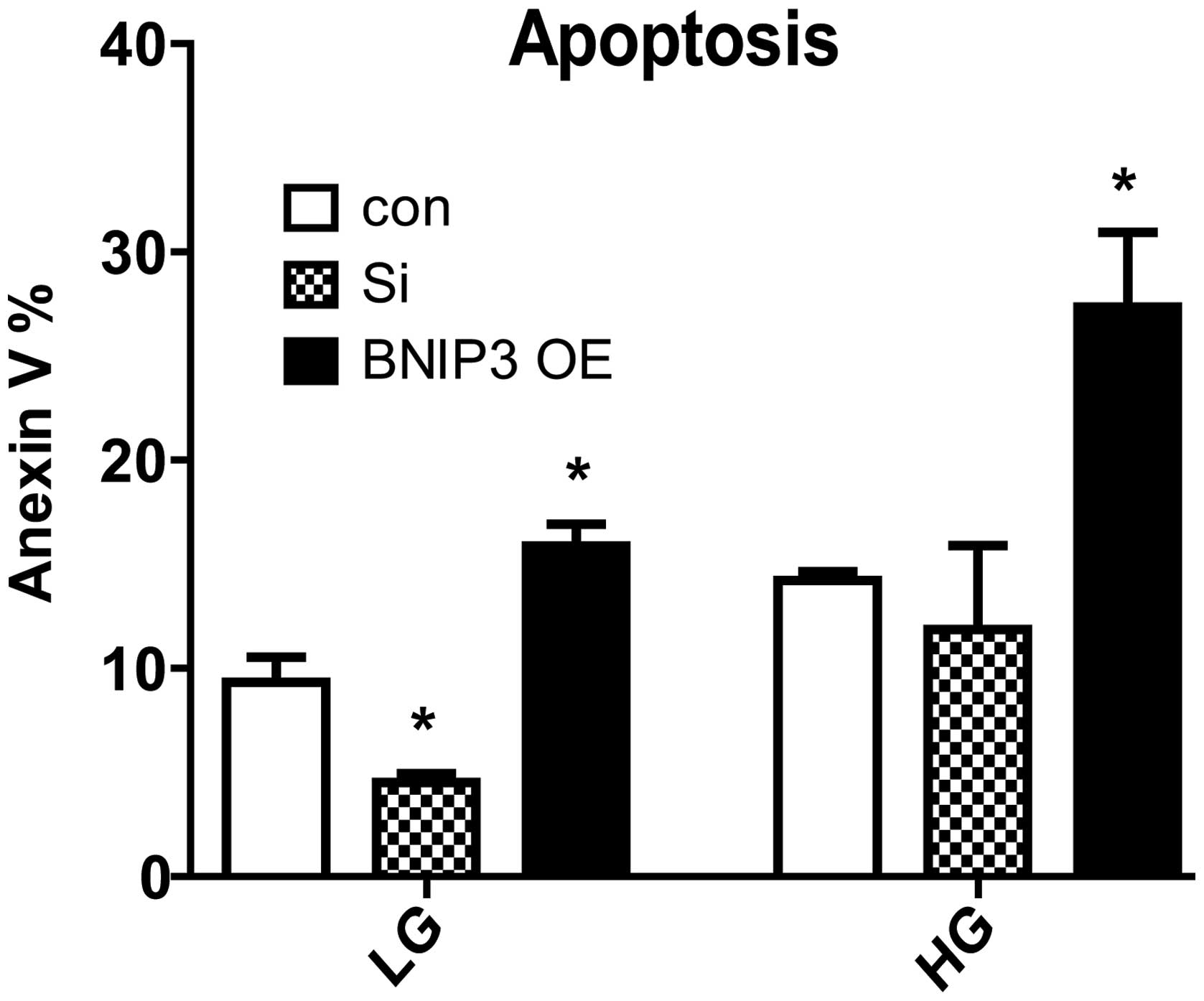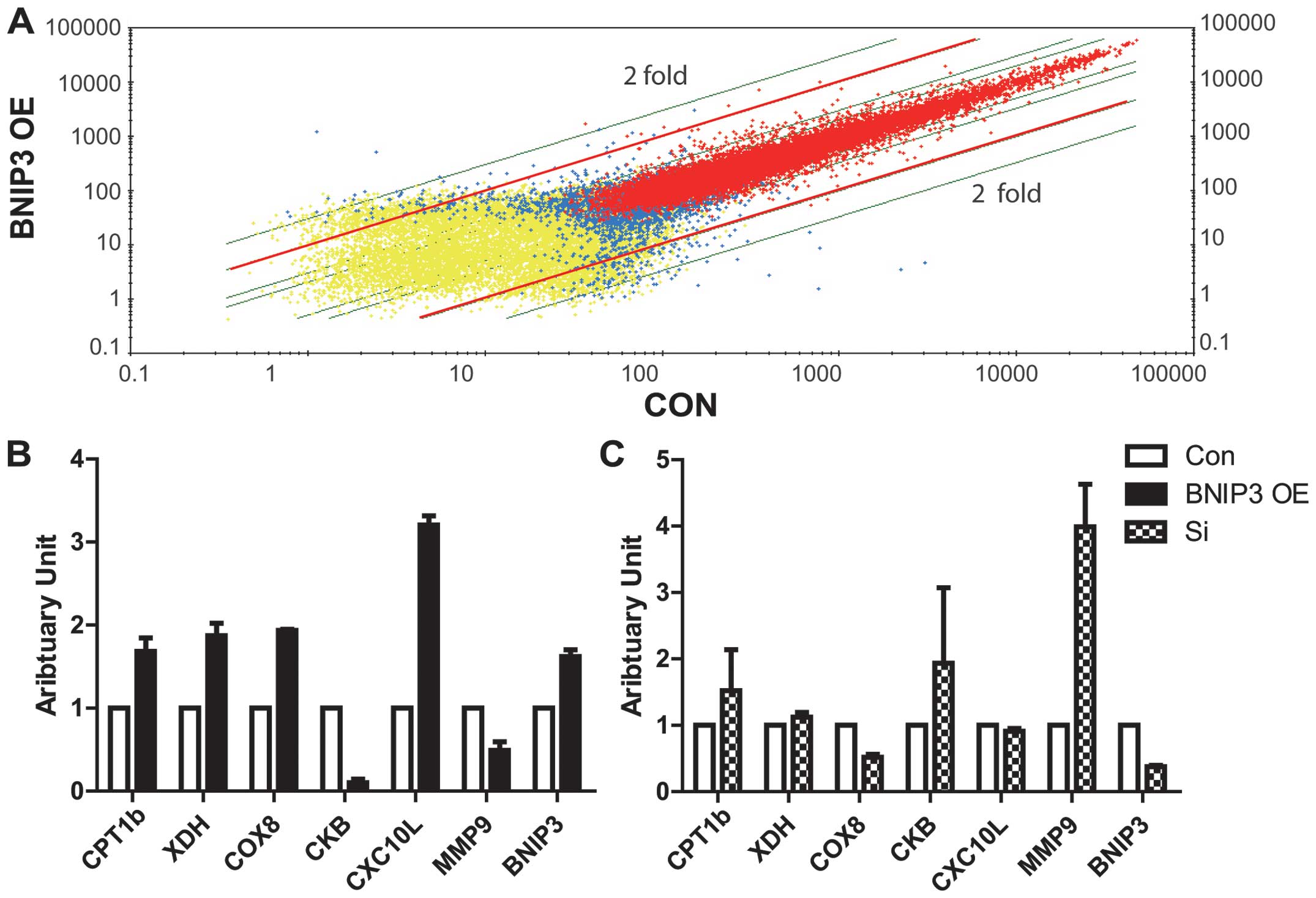|
1
|
Guariguata L: By the numbers: new
estimates from the IDF Diabetes Atlas Update for 2012. Diabetes Res
Clin Pract. 98:524–525. 2012. View Article : Google Scholar : PubMed/NCBI
|
|
2
|
Xu Y, Wang L, He J, et al: 2010 China
Noncommunicable Disease Surveillance Group: Prevalence and control
of diabetes in Chinese adults. JAMA. 310:948–959. 2013. View Article : Google Scholar : PubMed/NCBI
|
|
3
|
Fox CS, Coady S, Sorlie PD, et al: Trends
in cardiovascular complications of diabetes. JAMA. 292:2495–2499.
2004. View Article : Google Scholar : PubMed/NCBI
|
|
4
|
No authors listed. Intensive blood-glucose
control with sulphonylureas or insulin compared with conventional
treatment and risk of complications in patients with type 2
diabetes (UKPDS 33). UK Prospective Diabetes Study (UKPDS) Group.
Lancet. 352:837–853. 1998. View Article : Google Scholar : PubMed/NCBI
|
|
5
|
Poirier P, Bogaty P, Garneau C, Marois L
and Dumesnil JG: Diastolic dysfunction in normotensive men with
well-controlled type 2 diabetes: importance of maneuvers in
echocardiographic screening for preclinical diabetic
cardiomyopathy. Diabetes Care. 24:5–10. 2001. View Article : Google Scholar : PubMed/NCBI
|
|
6
|
Bertoni AG, Tsai A, Kasper EK and Brancati
FL: Diabetes and idiopathic cardiomyopathy: a nationwide
case-control study. Diabetes Care. 26:2791–2795. 2003. View Article : Google Scholar : PubMed/NCBI
|
|
7
|
Rubler S, Dlugash J, Yuceoglu YZ, Kumral
T, Branwood AW and Grishman A: New type of cardiomyopathy
associated with diabetic glomerulosclerosis. Am J Cardiol.
30:595–602. 1972. View Article : Google Scholar : PubMed/NCBI
|
|
8
|
Fonarow GC and Srikanthan P: Diabetic
cardiomyopathy. Endocrinol Metab Clin North Am. 35:575–599. 2006.
View Article : Google Scholar : PubMed/NCBI
|
|
9
|
Young ME, McNulty P and Taegtmeyer H:
Adaptation and maladaptation of the heart in diabetes: Part II:
potential mechanisms. Circulation. 105:1861–1870. 2002. View Article : Google Scholar : PubMed/NCBI
|
|
10
|
Boudina S and Abel ED: Diabetic
cardiomyopathy revisited. Circulation. 115:3213–3223. 2007.
View Article : Google Scholar : PubMed/NCBI
|
|
11
|
Crow MT, Mani K, Nam YJ and Kitsis RN: The
mitochondrial death pathway and cardiac myocyte apoptosis. Circ
Res. 95:957–970. 2004. View Article : Google Scholar : PubMed/NCBI
|
|
12
|
Modrak J: Collagen metabolism in the
myocardium from streptozotocin-diabetic rats. Diabetes. 29:547–550.
1980. View Article : Google Scholar : PubMed/NCBI
|
|
13
|
Shimizu M, Umeda K, Sugihara N, et al:
Collagen remodelling in myocardia of patients with diabetes. J Clin
Pathol. 46:32–36. 1993. View Article : Google Scholar : PubMed/NCBI
|
|
14
|
Neubauer S: The failing heart - an engine
out of fuel. N Engl J Med. 356:1140–1151. 2007. View Article : Google Scholar : PubMed/NCBI
|
|
15
|
Crow MT: Hypoxia, BNip3 proteins, and the
mitochondrial death pathway in cardiomyocytes. Circ Res.
91:183–185. 2002. View Article : Google Scholar : PubMed/NCBI
|
|
16
|
Yasuda M, Theodorakis P, Subramanian T and
Chinnadurai G: Adenovirus E1B-19K/BCL-2 interacting protein BNIP3
contains a BH3 domain and a mitochondrial targeting sequence. J
Biol Chem. 273:12415–12421. 1998. View Article : Google Scholar : PubMed/NCBI
|
|
17
|
Lomonosova E and Chinnadurai G: BH3-only
proteins in apoptosis and beyond: an overview. Oncogene. 27:Suppl
1. S2–S19. 2008. View Article : Google Scholar : PubMed/NCBI
|
|
18
|
Sulistijo ES, Jaszewski TM and MacKenzie
KR: Sequence-specific dimerization of the transmembrane domain of
the ‘BH3-only’ protein BNIP3 in membranes and detergent. J Biol
Chem. 278:51950–51956. 2003. View Article : Google Scholar : PubMed/NCBI
|
|
19
|
Bocharov EV, Pustovalova YE, Pavlov KV, et
al: Unique dimeric structure of BNip3 transmembrane domain suggests
membrane permeabilization as a cell death trigger. J Biol Chem.
282:16256–16266. 2007. View Article : Google Scholar : PubMed/NCBI
|
|
20
|
Ray R, Chen G, Vande Velde C, et al: BNIP3
heterodimerizes with Bcl-2/Bcl-X(L) and induces cell death
independent of a Bcl-2 homology 3 (BH3) domain at both
mitochondrial and nonmitochondrial sites. J Biol Chem.
275:1439–1448. 2000. View Article : Google Scholar : PubMed/NCBI
|
|
21
|
Guo K, Searfoss G, Krolikowski D, et al:
Hypoxia induces the expression of the pro-apoptotic gene BNIP3.
Cell Death Differ. 8:367–376. 2001. View Article : Google Scholar : PubMed/NCBI
|
|
22
|
Regula KM, Ens K and Kirshenbaum LA:
Inducible expression of BNIP3 provokes mitochondrial defects and
hypoxia-mediated cell death of ventricular myocytes. Circ Res.
91:226–231. 2002. View Article : Google Scholar : PubMed/NCBI
|
|
23
|
Diwan A, Krenz M, Syed FM, et al:
Inhibition of ischemic cardiomyocyte apoptosis through targeted
ablation of Bnip3 restrains postinfarction remodeling in mice. J
Clin Invest. 117:2825–2833. 2007. View
Article : Google Scholar : PubMed/NCBI
|
|
24
|
Zhang F, Li G, Ding W, et al: Screening
and analysis of early cardiopathology-related gene in type 2
diabetes mellitus. Zhonghua Nei Ke Za Zhi. 41:530–533. 2002.(In
Chinese). PubMed/NCBI
|
|
25
|
Zhang F, Ye C, Li G, et al: The rat model
of type 2 diabetic mellitus and its glycometabolism characters. Exp
Anim. 52:401–407. 2003. View Article : Google Scholar : PubMed/NCBI
|
|
26
|
Althaus J, Bernaudin M, Petit E, Toutain
J, Touzani O and Rami A: Expression of the gene encoding the
pro-apoptotic BNIP3 protein and stimulation of hypoxia-inducible
factor-1alpha (HIF-1alpha) protein following focal cerebral
ischemia in rats. Neurochem Int. 48:687–695. 2006. View Article : Google Scholar : PubMed/NCBI
|
|
27
|
Papandreou I, Krishna C, Kaper F, Cai D,
Giaccia AJ and Denko NC: Anoxia is necessary for tumor cell
toxicity caused by a low-oxygen environment. Cancer Res.
65:3171–3178. 2005.PubMed/NCBI
|
|
28
|
Kim JY, Cho JJ, Ha J and Park JH: The
carboxy terminal C-tail of BNip3 is crucial in induction of
mitochondrial permeability transition in isolated mitochondria.
Arch Biochem Biophys. 398:147–152. 2002. View Article : Google Scholar : PubMed/NCBI
|
|
29
|
Vande Velde C, Cizeau J, Dubik D, et al:
BNIP3 and genetic control of necrosis-like cell death through the
mitochondrial permeability transition pore. Mol Cell Biol.
20:5454–5468. 2000. View Article : Google Scholar : PubMed/NCBI
|
|
30
|
Minhas KM, Saraiva RM, Schuleri KH, et al:
Xanthine oxidoreductase inhibition causes reverse remodeling in
rats with dilated cardiomyopathy. Circ Res. 98:271–279. 2006.
View Article : Google Scholar : PubMed/NCBI
|
|
31
|
Duncan JG: Mitochondrial dysfunction in
diabetic cardiomyopathy. Biochim Biophys Acta. 1813:1351–1359.
2011. View Article : Google Scholar : PubMed/NCBI
|
|
32
|
Spinale FG: Myocardial matrix remodeling
and the matrix metalloproteinases: influence on cardiac form and
function. Physiol Rev. 87:1285–1342. 2007. View Article : Google Scholar : PubMed/NCBI
|
|
33
|
Youle RJ and van der Bliek AM:
Mitochondrial fission, fusion, and stress. Science. 337:1062–1065.
2012. View Article : Google Scholar : PubMed/NCBI
|
|
34
|
Yu T, Sheu SS, Robotham JL and Yoon Y:
Mitochondrial fission mediates high glucose-induced cell death
through elevated production of reactive oxygen species. Cardiovasc
Res. 79:341–351. 2008. View Article : Google Scholar : PubMed/NCBI
|
|
35
|
Ungar I, Gilbert M, Siegel A, Blain JM and
Bing RJ: Studies on myocardial metabolism. IV. Myocardial
metabolism in diabetes. Am J Med. 18:385–396. 1955. View Article : Google Scholar : PubMed/NCBI
|


















